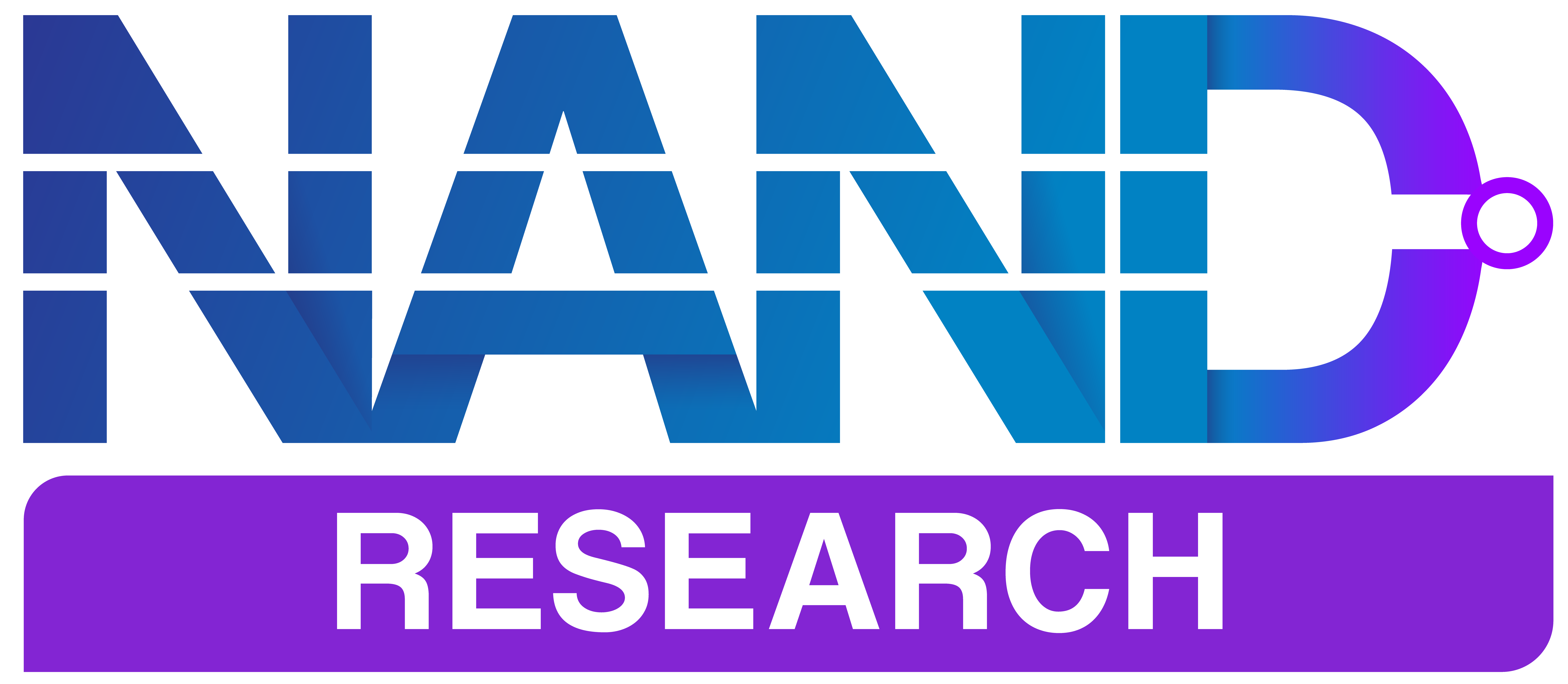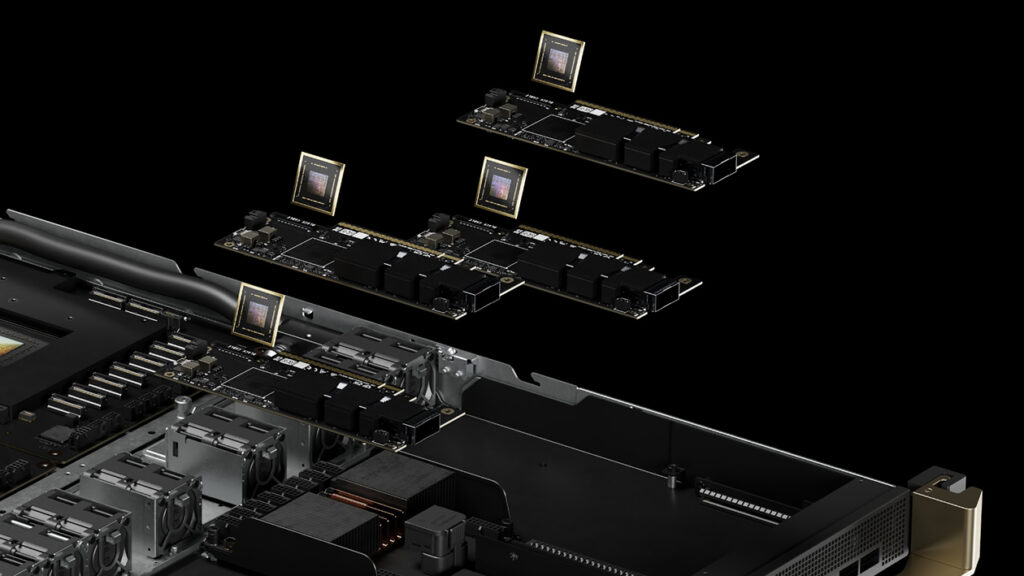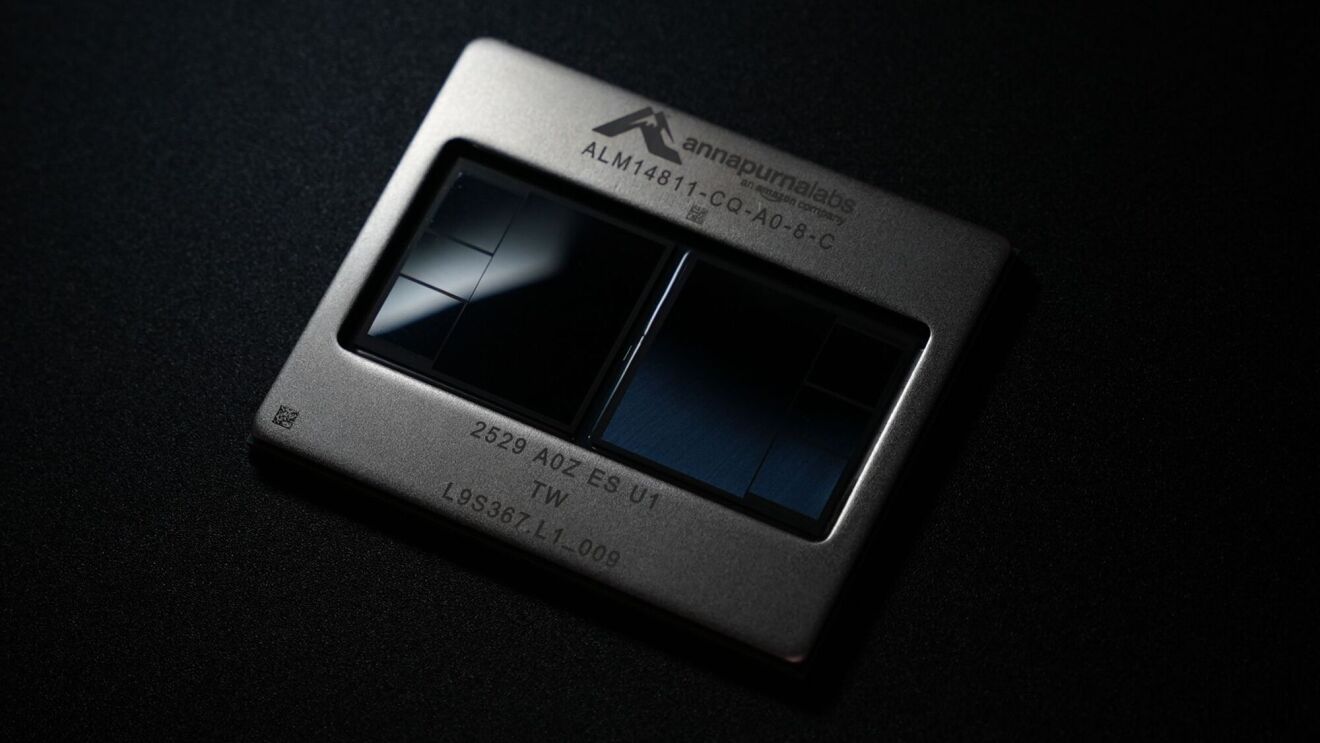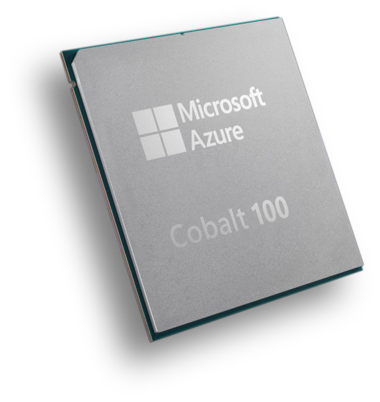Cisco and NVIDIA announced an expanded partnership to unify AI data center networking by integrating Cisco Silicon One with NVIDIA Spectrum-X.
The companies will create a joint architecture that supports high-performance, low-latency AI workloads across enterprise and cloud environments.
Background: What is Spectrum-X?
NVIDIA’s Spectrum-X is an Ethernet-based networking platform designed to optimize large-scale AI workloads by addressing the limitations of traditional Ethernet in AI environments.
It integrates NVIDIA Spectrum-4 switches with BlueField-3 SuperNICs to enhance GPU-to-GPU communications, providing telemetry-based congestion control, lossless networking, and dynamic load balancing features.
Details of the Partnership
Traditional Ethernet-based networking solutions often face latency and congestion issues when applied to AI workloads, which typically demand real-time data exchange between GPUs, storage, and compute nodes. The Cisco-NVIDIA partnership addresses these challenges by optimizing Ethernet for AI environments through hardware and software integrations that improve performance, scalability, and manageability.
Including Cisco Silicon One in NVIDIA’s Spectrum-X platform enhances packet processing efficiency, congestion management, and telemetry capabilities, enabling enterprises to deploy AI applications at scale with minimal operational complexity.
Integration of Cisco Silicon One and NVIDIA Spectrum-X
The partnership introduces key integrations between Cisco and NVIDIA technologies, enhancing AI networking capabilities. These integrations include:
- NVIDIA will incorporate Cisco Silicon One and NVIDIA SuperNICs into the Spectrum-X Ethernet networking platform.
- Cisco becomes the only external silicon provider for NVIDIA’s Spectrum-X technology, establishing deeper hardware interoperability.
- Cisco will develop new networking systems combining NVIDIA Spectrum silicon with Cisco OS software, ensuring consistency across data center networks.
Standardization and Unified Management
Cisco and NVIDIA are working on a unified management framework to streamline enterprise AI deployments. The key elements include:
- Enterprises can standardize on Cisco networking and NVIDIA AI technologies within a single management framework.
- Cisco will integrate its NX-OS and Nexus Dashboard software with NVIDIA’s networking solutions, allowing seamless network monitoring and management.
- Cisco plans to enhance its Silicon One-based switches for full compatibility with Spectrum-X, supporting existing and upcoming Nexus, Hyperfabric, and UCS Compute products.
Performance and Scalability Enhancements
The partnership promises to improve AI network performance and scalability through various enhancements, such as:
- Adaptive routing to optimize data traffic flows.
- Advanced telemetry for real-time network insights.
- Congestion control mechanisms to prevent bottlenecks in high-load AI environments.
- Low-latency networking is critical for AI training and inferencing workloads.
- Cisco will contribute its expertise in security, optics, and data center networking, integrating with Splunk’s data analytics platform to enhance security and observability for AI workloads.
Deployment and Availability
Cisco and NVIDIA plan to introduce new AI-optimized networking solutions with a phased rollout. Key deployment milestones include:
- Cisco will introduce AI-optimized networking systems based on NVIDIA Spectrum-X in mid-2025.
- Cisco and NVIDIA will develop joint reference architectures, including:
- NVIDIA Cloud Partner (NCP) solutions integrating Cisco’s Hyperfabric and networking portfolio.
- Enterprise AI deployment blueprints, designed for organizations standardizing on Spectrum-X with Cisco networking.
- Cross-vendor congestion and load-balancing solutions to improve AI scalability across hybrid and multi-cloud environments.
Analysis
The Cisco-NVIDIA partnership simplifies AI infrastructure deployment by providing a single, integrated networking stack that reduces complexity for enterprises managing front-end connectivity (traditional networking) and back-end AI fabric (training and inference workloads).
The expanded collaboration between Cisco and NVIDIA has significant implications for the competitive landscape. These include:
- Cisco strengthens its AI networking footprint by securing an exclusive role in NVIDIA’s Ethernet-based AI stack, which could limit opportunities for competitors like Broadcom, Arista Networks, and Juniper Networks in AI data centers.
- NVIDIA extends its dominance beyond compute into networking, aligning with Cisco’s enterprise networking capabilities to compete more directly with proprietary InfiniBand AI fabrics.
- Cloud providers and enterprises gain a viable alternative to InfiniBand for AI workloads, increasing the appeal of Ethernet-based AI networking in hybrid and multi-cloud environments.
- AWS, Azure, and Google Cloud may evaluate the impact of this partnership on their internal AI networking strategies, particularly regarding alternative Ethernet or InfiniBand approaches.
This partnership strengthens Cisco’s role in AI data centers while expanding NVIDIA’s reach beyond compute into Ethernet networking. The collaboration reduces deployment complexity for enterprises investing in AI infrastructure and enhances scalability with unified management and security frameworks.
Competitors in the Ethernet switching market will face increased pressure as Cisco gains exclusive positioning within NVIDIA’s AI networking stack.
InfiniBand’s role in AI networking could also be challenged as Ethernet-based alternatives mature. Cisco and NVIDIA’s joint efforts will likely accelerate AI adoption, particularly among enterprises and cloud providers looking for high-performance AI networking solutions without vendor lock-in to proprietary fabric technologies.
Competitive Outlook & Advice to IT Buyers
These sections are only available to NAND Research clients. Please reach out to [email protected] to learn more.





